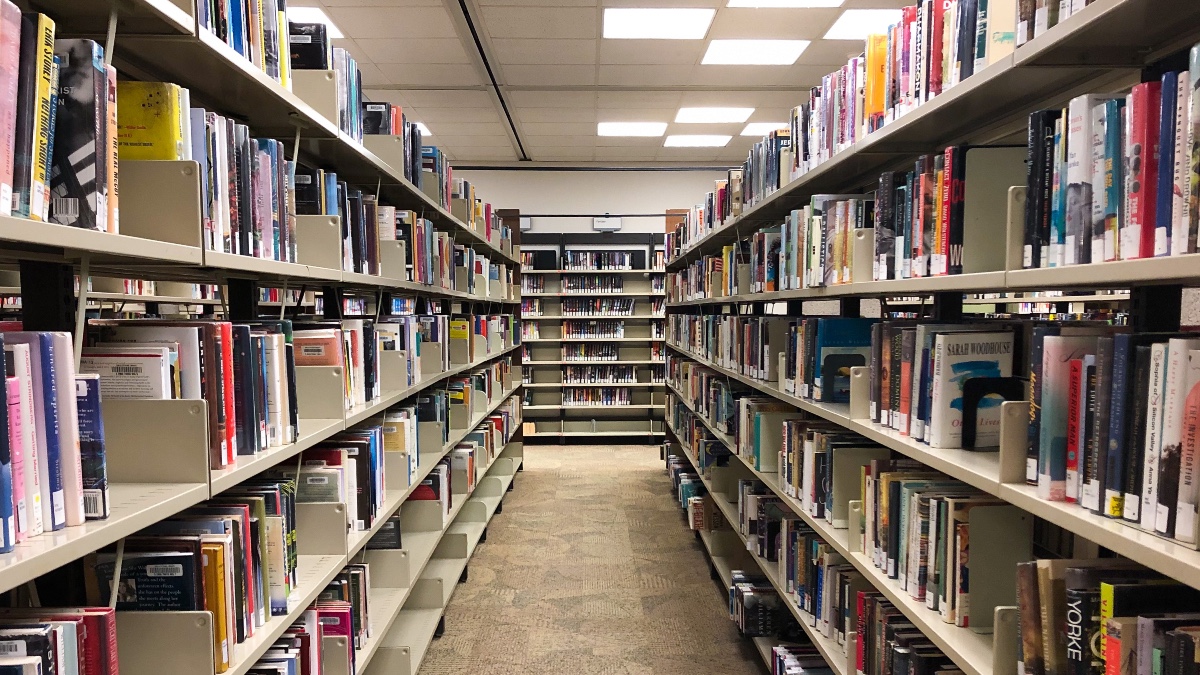While COVID-19 limited in-person visits, public libraries in Hamilton, Ottawa and Toronto continued to provide for their users through expanded digital content, which has grown in popularity from the start of the pandemic.
When the Ottawa Public Library (OPL) closed in March 2020, Laura Cordukes, a content services librarian, said the library had to move quickly to examine its digital material because users could not visit in-person.
“We wanted to ensure that everybody, as much as possible, had good access to all of our content,” Cordukes said.
Cordukes said the library brought its core services online, including live streaming early literacy programming like family storytime.
She added the initial virtual programming was “very successful” and led to online offerings for older children, teens and adults on topics such as health and wellness skills and financial literacy.
Cordukes also said the library provided kits that included Chromebooks and Wi-Fi hotspots on extended loan to ensure communities had access to digital materials.
According to a report to the Ottawa Public Library Board, the library also responded to demand from users by purchasing additional copies of e-books and e-audio books as well as adding new databases and streaming services.
The Hamilton Public Library (HPL) also saw increased uptake in digital media. Shelley McKay, communications manager, said the library increased its e-resources budget to compensate for library closures.
“It was phenomenal. Our numbers were impressive,” McKay said, referencing a milestone from October 2020 when the HPL reached a record-breaking one million digital book checkouts through OverDrive’s Libby reading app.
Cordukes said the OPL’s expansion of digital media gave users new options to access content.
“[Members of the public] were very thrilled when we were able to offer as much digital material and services as we did,” Cordukes said. “The awareness of our digital collections just skyrocketed.”
While data on digital material awareness is not currently available, according to the metrics used by the Government of Ontario between 2015 and 2020, the circulation of digital media rose significantly between 2019 and 2020, though the rise in Ottawa was smaller than in Hamilton or Toronto.
Aryan Bajpai, a Carleton University student in Ottawa, was one user who discovered the OPL’s online capabilities throughout the pandemic. He said that before the pandemic, he had never considered using OverDrive, which is a widely available digital distributor of eBooks, audiobooks, online magazines and streaming video titles, to place holds on e-books.
Now, for convenience and safety, he said OverDrive is a feature he’s added to the list of online library services he uses.
“The pandemic has for sure increased how often I use [online library services],” Bajpai said.
Both Cordukes and McKay say that as restrictions ease, they anticipate in-person visits and physical material lending will return to pre-COVID-19 levels.
But they say they think expanded digital content is here to stay, and there are plans for future programming growth to accommodate increasing demand.
McKay said the HPL is planning to help its users navigate the upcoming proof-of-vaccination requirements in Ontario, including giving seniors assistance with setting up the QR codes that will connect to their vaccine certificates.
Cordukes said the OPL wants to increase its number of library cardholders to help the public take advantage of its expanded digital and physical content. One of the steps the OPL has taken to achieve this goal is by cancelling late fees. The HPL has also implemented this policy.
We are part of the community, we want to be in the community, we want people to come here and be together. We'd never want barriers to using the library
Shelley McKay, communications manager at the Hamilton Public Library
“We are part of the community, we want to be in the community, we want people to come here and use the library and be together," McKay said. “We’d never want barriers to using the library.”
Cordukes said there will never be a question of whether digital or physical content will take priority over the other, but rather the library will provide a hybrid service for its users.
“People now realize they have a wealthy set of choices here for whatever suits their lifestyle. We’ve got wonderful e-books and audio, and we’ve got the physical [material],” she said.
Bajpai said he thinks of the library as “a home away from home,” and expects to visit again in-person when the time is right.
“I miss visiting the library, and I hope more people who also do get that chance to go back sooner rather than later,” Bajpai said.
No matter what the future holds for libraries, McKay said the libraries’ mission of providing services to its communities will stay the same.
“As people move into different segments of life, they discover something new,” McKay said. “And that’s our job, right? To provide opportunities for people to learn no matter what stage of life they’re in.”




